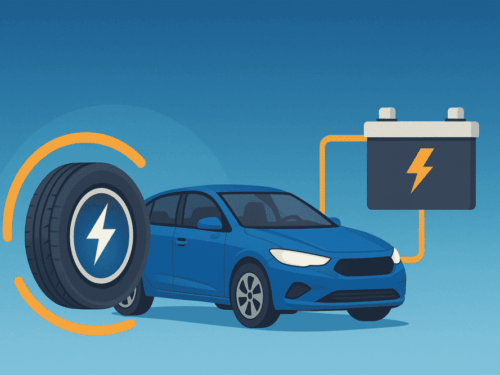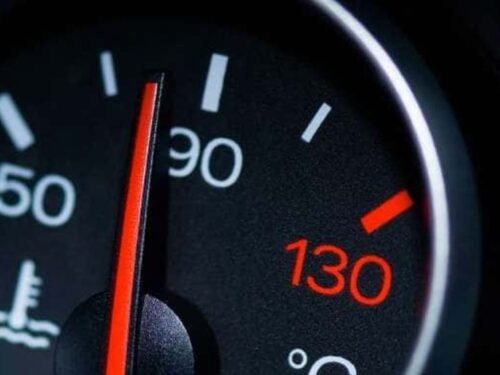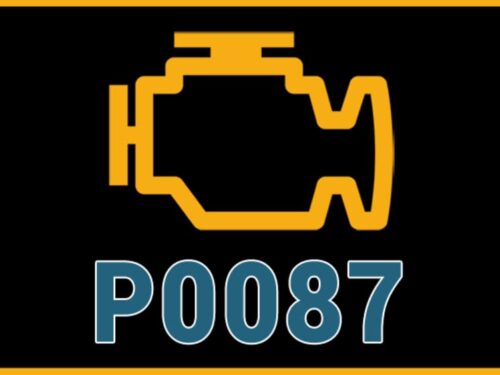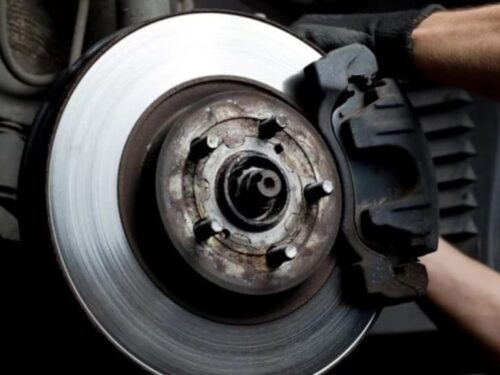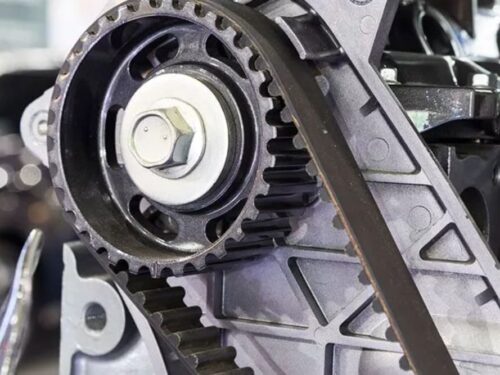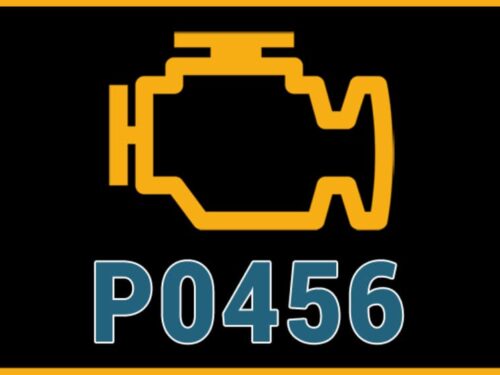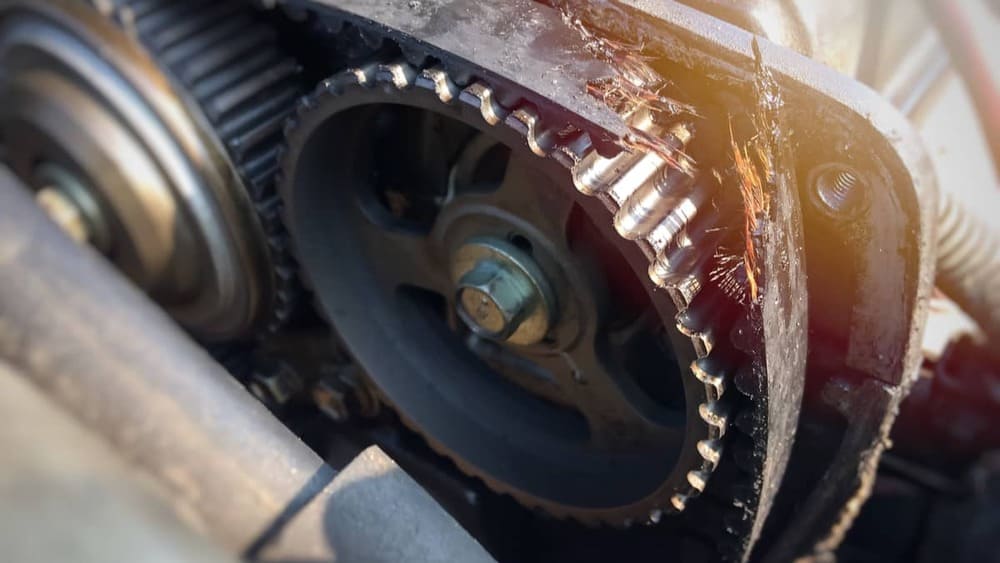
Many people picture pistons or valves when thinking about the inside of an engine. Even though these parts are vital in creating power and allowing your vehicle to work, nothing is more important than your timing belt. Your timing belt is what keeps the pistons and valves moving and working in sync. By driving the camshaft, which controls your valves, and your crankshaft, which controls the pistons, your timing belt tells the valves when to open and the pistons when to rise and fall inside the cylinders.
This may seem overly technical, but it’s key to understanding why the timing belt is so important. Over time, your timing belt wears out, and if it isn’t replaced, it could break unexpectedly and cause catastrophic engine damage. By replacing your timing belt before that happens, you can save yourself a tow, at a minimum, and thousands of dollars in engine damage – worst case scenario.
The carmakers have recommended maintenance schedules for everything from oil changes to brake fluid flushes. Timing belts are no different. Many need to be replaced at 90,000 or 105,000 miles. If you’re not sure, check your owner’s manual or ask us. We’re here to help. Unfortunately, timing belts don’t really show warning signs before they break. They simply break, which means you’ll be sitting at the side of the road waiting for a tow truck.
And here’s where a broken timing belt can cost you a lot more than a tow: Your engine is either an interference or free-running / free-wheeling design. In free-running or free-wheeling engines, the engineers purposely build in enough clearance between the internal parts to prevent damage if the timing belt fails.
But in an interference engine—which are in about 70% of cars on the road—there is no internal clearance between the pistons and the valves. If the timing belt breaks, there’s nothing to keep the valves and pistons moving at the required time intervals. The valves will freely open and close and the pistons will move up and down in the cylinders until they run out of momentum—or until they collide.
When the valves open at the same time the pistons are at the top of the cylinder, your engine can suffer anything from bent valves to a broken piston. Often, the full extent of the damage isn’t even known until your technician disassembles the top part of the engine, removing the valve cover(s) and sometimes the cylinder head.
Can you hear the dollar signs adding up as you read this? Even though replacing the timing belt at the specified mileage typically costs several hundred dollars, it pales in comparison to the expense and inconvenience of a broken timing belt. Do yourself a favor and plan ahead for this maintenance requirement. And if you have questions or need to buy some time, talk to us. We’re here to help!
Note: Even though the majority of vehicles today use a timing belt that is usually made of high temperature resistant rubber, some engines still use a timing chain. Unlike belts that can wear and crack, a timing chain is a lot stronger. Typically, these don’t need to be replaced.
Courtesy of autolablibertyville

